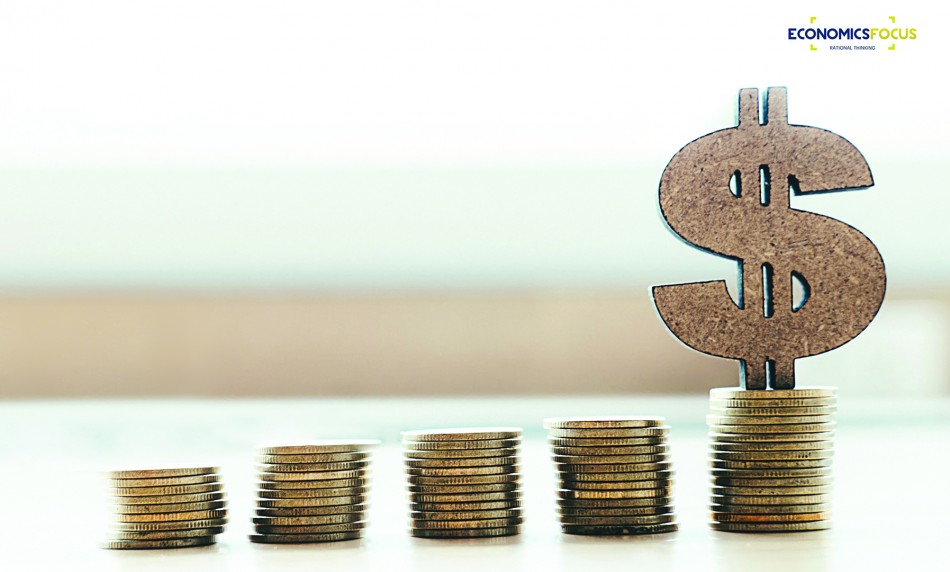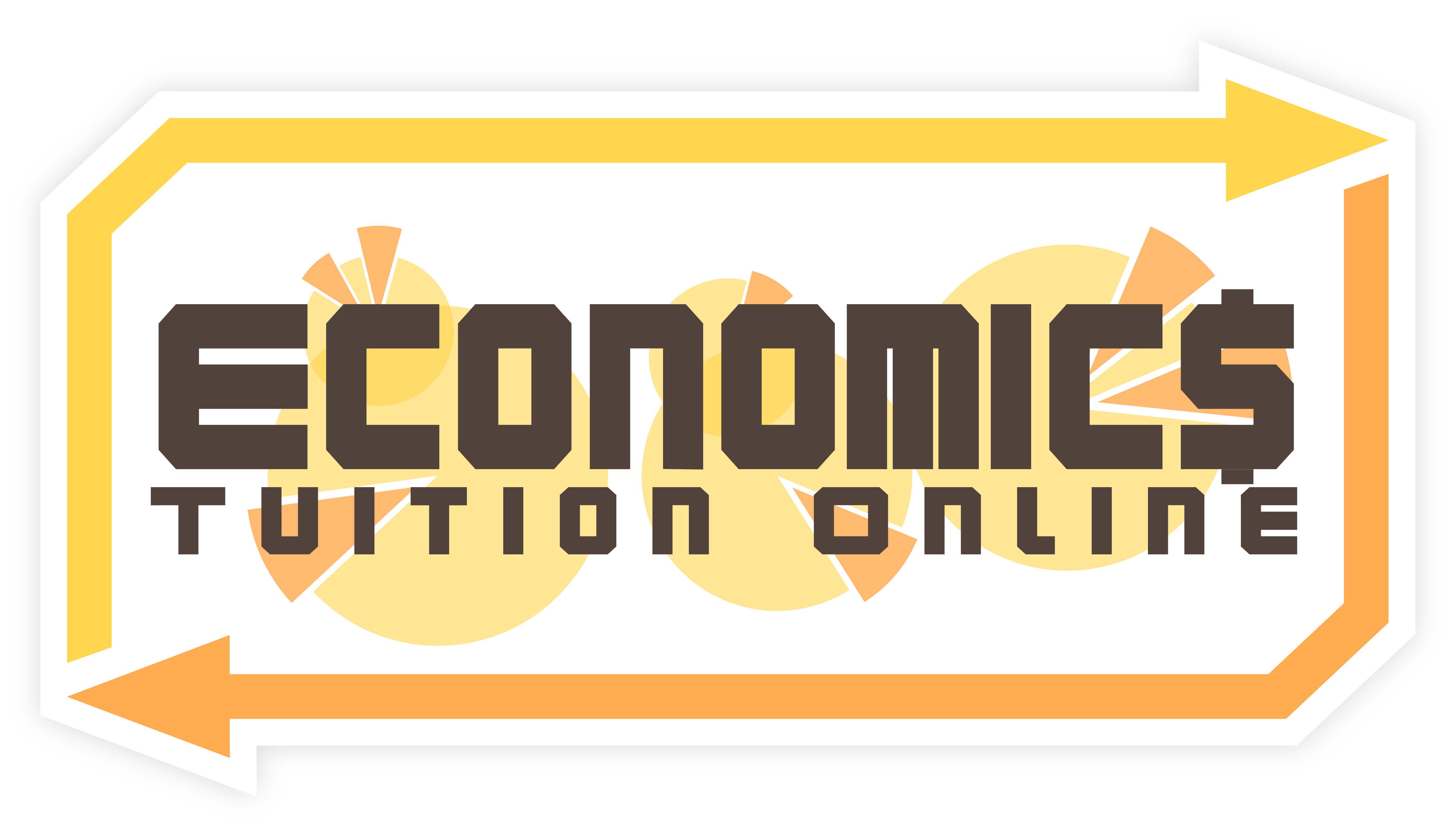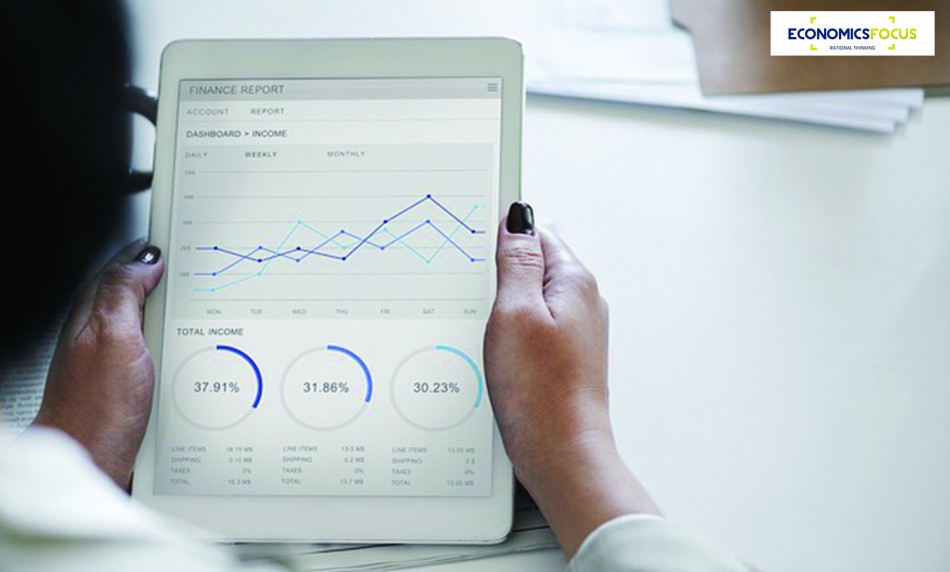Economic Growth
As one of the three major economic indicators to assess the economic development of nations, economic growth is widely pursued by many countries to advance national progress. This topic will cover the definition, methods of measurement, factors affecting economic growth, impacts of economic growth as well as possible macroeconomic policies that are used to acheive this economic condition prepared by our JC Economics Tutor Simon Ng from Economicsfocus. Ultimately, governments desire to achieve sustainable economic growth due to the widespread benefits.


